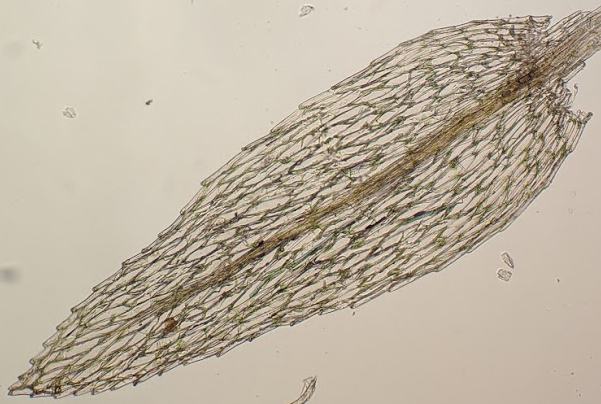Pohlia wahlenbergii
(F.Weber & D.Mohr) A.L.AndrewsDioicous. Asexual propagules absent. In dense or loose turves or tufts. Stems erect, simple or occasionally forked, 5–30 mm long, red, with sparse or dense rhizoids at base. Leaves ovate to narrowly lanceolate, 0.7–2.1 mm long, 0.4–0.5 (–0.7) mm wide, erect- to wide-spreading when moist, erect to erect-spreading when dry, not or weakly decurrent; apex acuminate, acute or obtuse; costa subpercurrent; margins serrate to serrulate near apices, plane; laminal cells in apical half oblong- or broadly rhomboidal, 45–110 μm long, 8–25 μm wide, smooth; laminal cells near base 110–150 μm long, 12–18 μm wide. Seta 6–40 mm long, reddish, tan or brown, smooth. Capsules inclined to pendent, broadly and short-pyriform when young, urceolate when dry, 1.5–3.5 mm long, without an annulus. Operculum low conic and apiculate. Peristome double; exostome teeth well-developed; endostome with basal membrane c. ½ exostome height; cilia well-developed.
VVP, OtP, Gold, DunT, NIS, HSF, HNF, OtR, Strz, MonT, VAlp. Beside streams, near waterfalls and permanently damp roadsides and caves mostly in higher rainfall regions such as the Alps, far south-west, the Otways, the Dandenongs and Strzelecki Ranges. Also WA, NT, QLD, NSW, ACT and Tas. Cosmopolitan but most common at high latitudes.
 Spinning
Spinning

